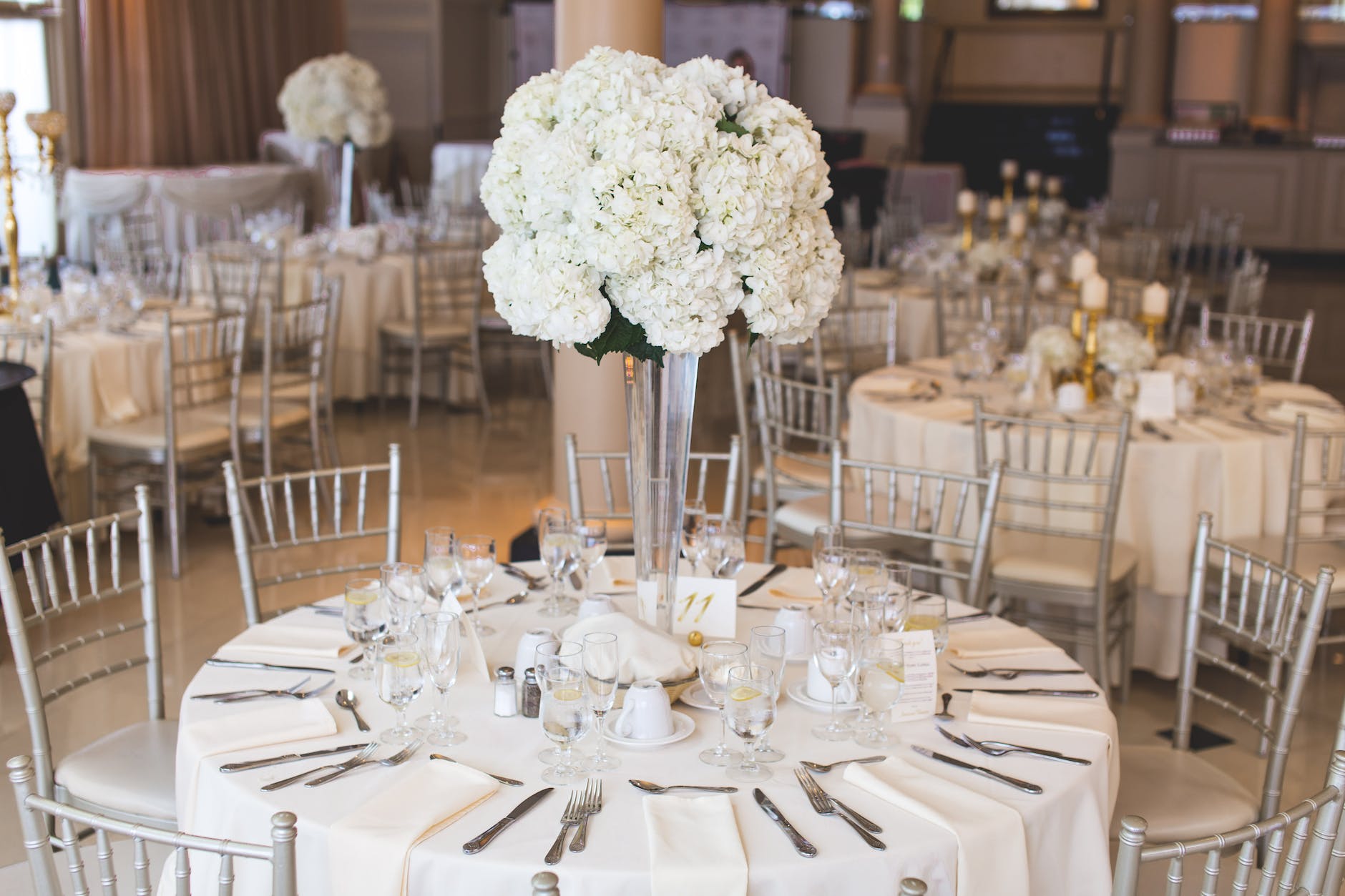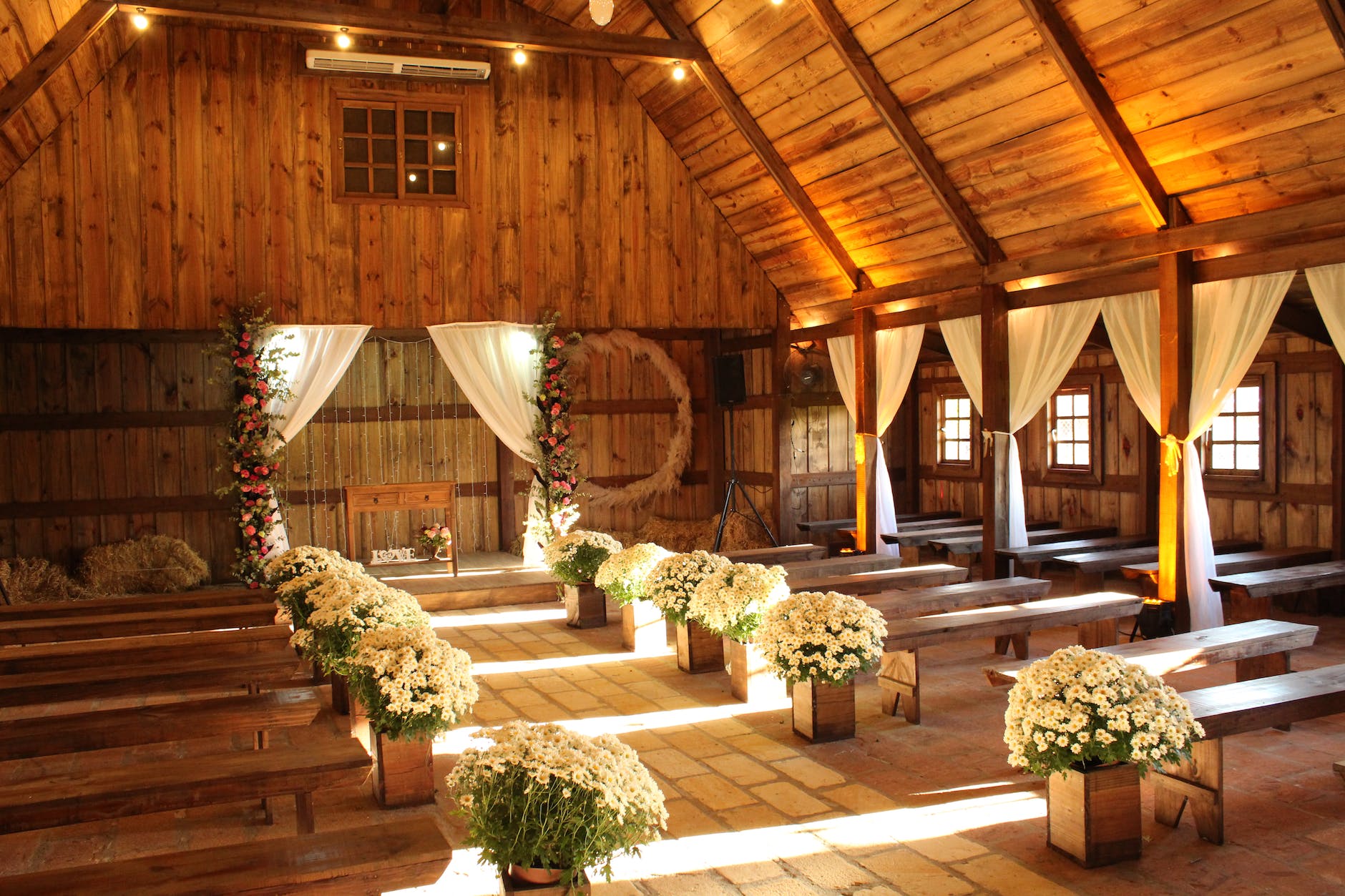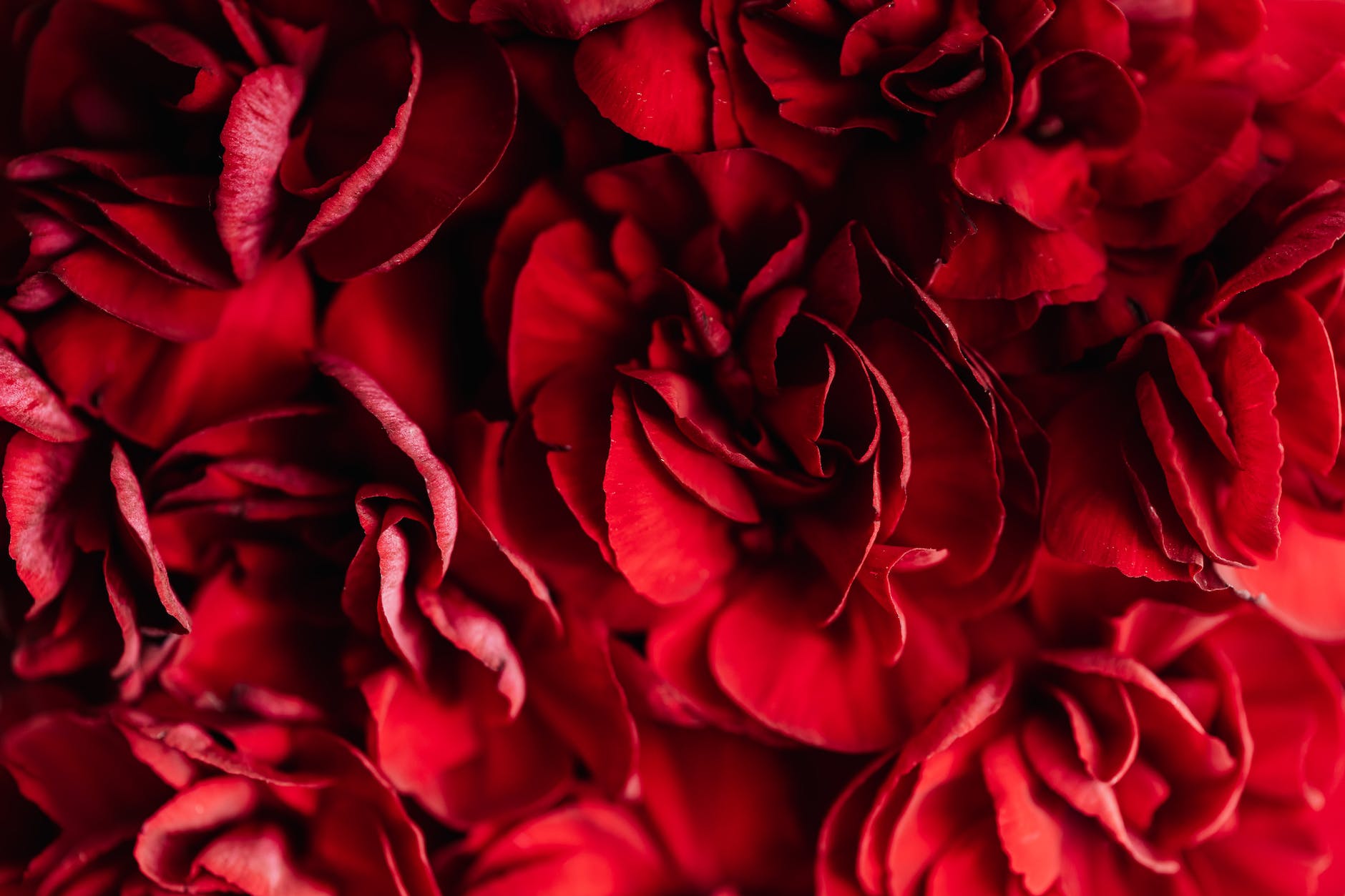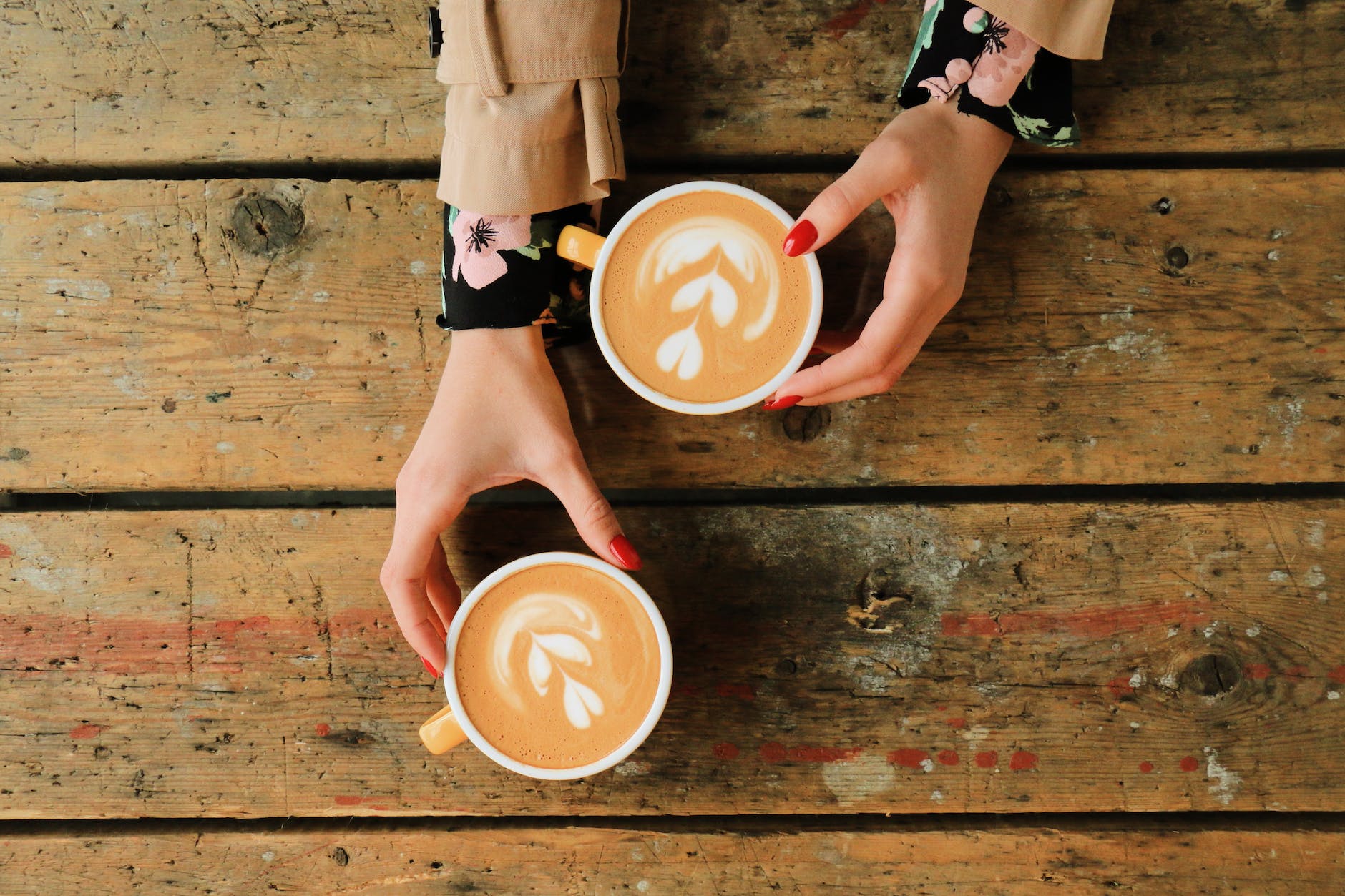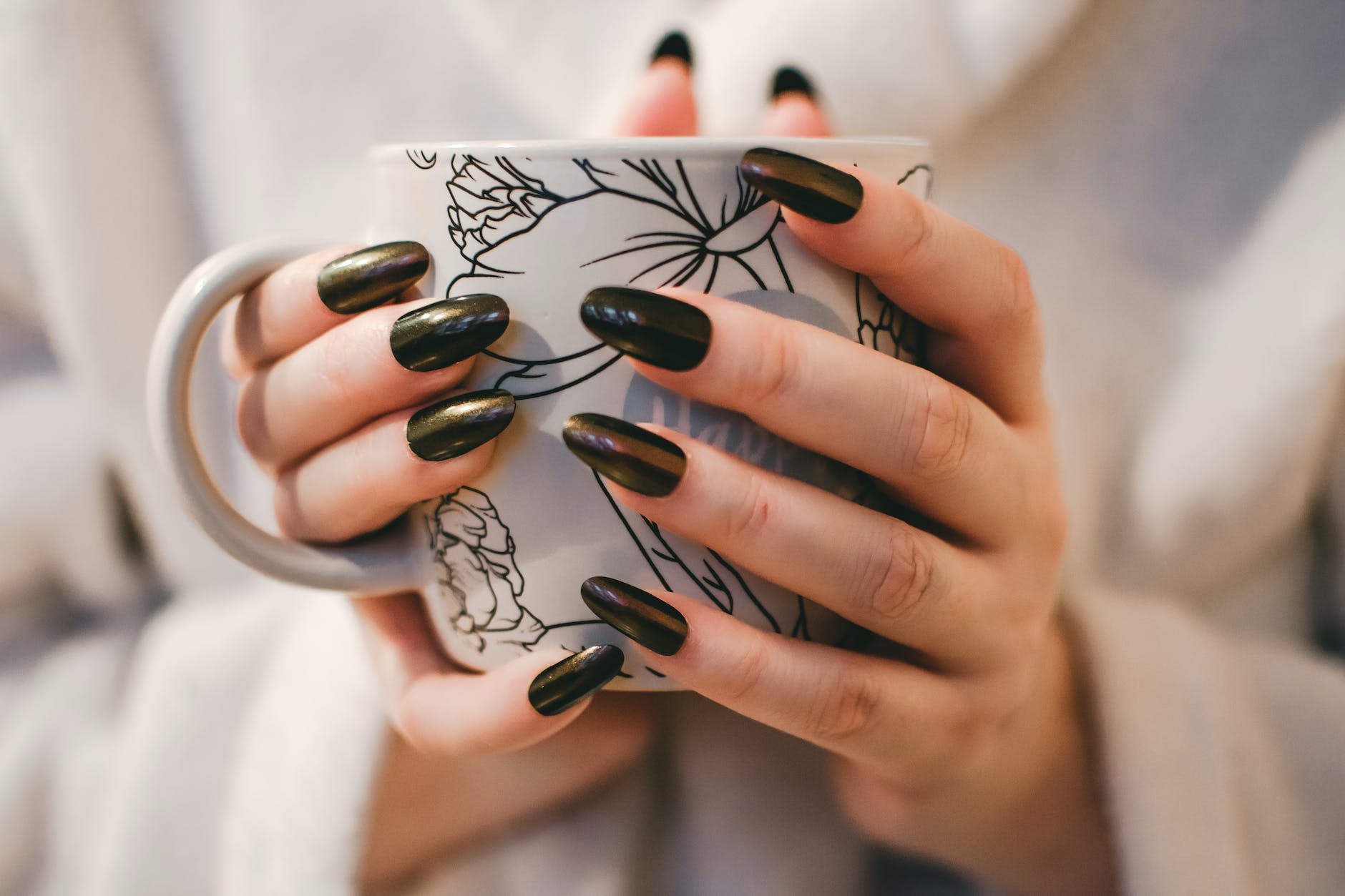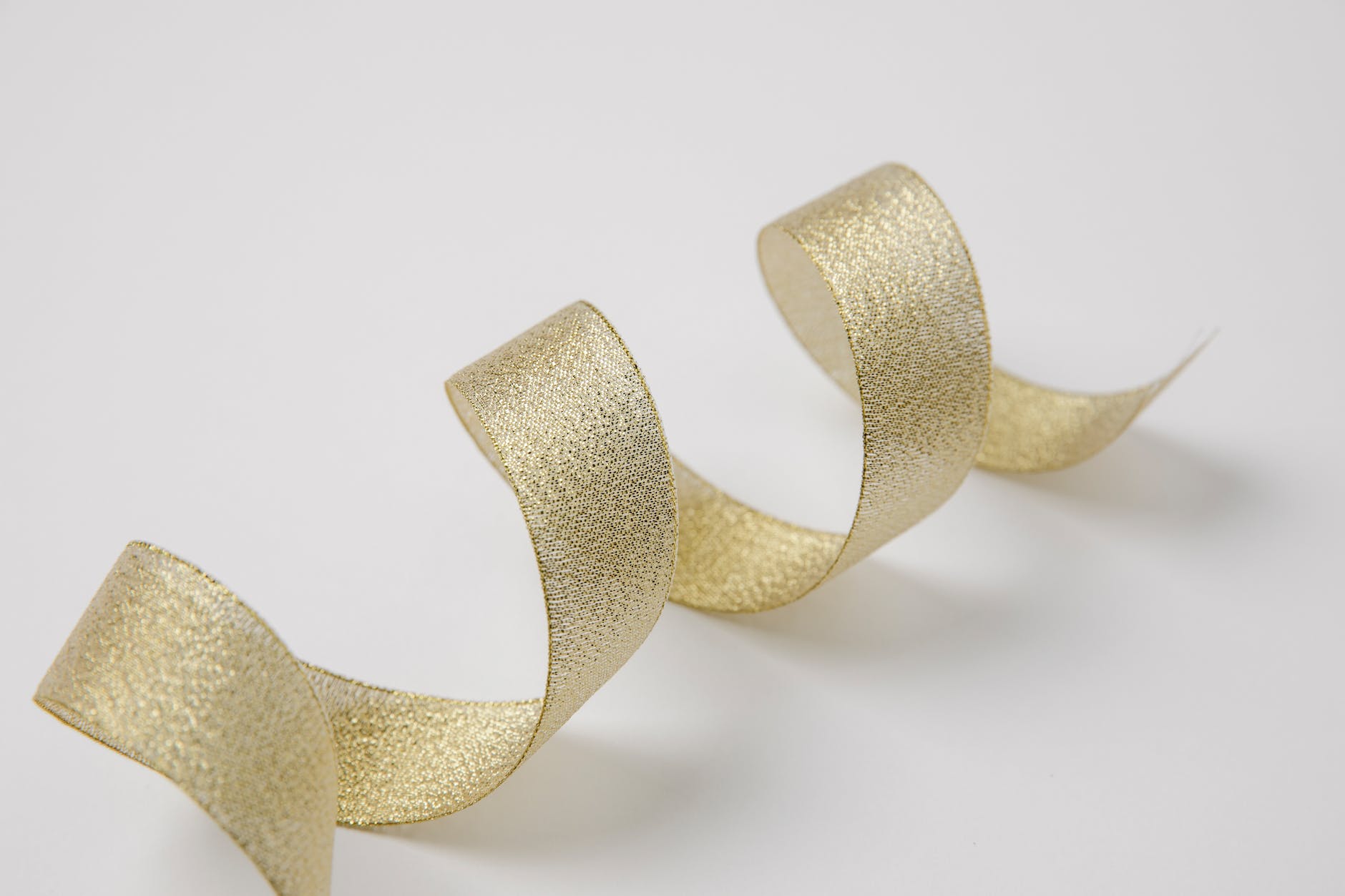An exploration of the various aspects of royal emblems, including their use in clothing, decorations, and more.Royal emblems have played a significant role throughout history, representing power, authority, and identity. These symbols have been used in various forms, from clothing to decorative items, and have evolved over time to reflect the changing cultural and artistic styles.One of the key aspects of royal emblems is their historical significance. These symbols have been present in different societies throughout history, serving as a visual representation of the ruling elite. From ancient civilizations to modern monarchies, royal emblems have been used to assert dominance and establish a sense of identity.The symbolism and meaning behind royal emblems are also worth exploring. These symbols often incorporate design elements and aesthetics that communicate specific messages. Colors, patterns, and motifs are carefully chosen to convey power, lineage, and cultural heritage.Over time, royal emblem designs have evolved, adapting to the changing artistic trends and cultural influences. Regional variations in these designs highlight unique artistic styles and cultural identities. From intricate patterns in Middle Eastern royal emblems to bold and regal motifs in European heraldry, each region has its own distinct visual language.One of the most prominent uses of royal emblems is in clothing and accessories. Crowns, robes, and jewelry adorned with these symbols have been worn by monarchs and nobility to showcase their status and authority. These items are often crafted with exquisite detail and craftsmanship, reflecting the grandeur and opulence associated with royalty.In contemporary society, royal emblems continue to find applications beyond the realm of monarchy. They have been commercialized and adapted for various industries, from fashion to tourism. The iconic status and recognition associated with these symbols make them attractive for branding purposes, as they evoke a sense of prestige and luxury.However, the usage of royal emblems in modern society also raises social and political implications. Debates on cultural appropriation and national identity surround the commercialization and adaptation of these symbols. It is important to navigate these discussions with sensitivity and respect for the historical and cultural significance of royal emblems.
Historical Significance
The historical significance of royal emblems spans across different societies throughout history, showcasing the rich cultural heritage and symbolizing power and authority. These emblems have played a pivotal role in establishing the identity and status of monarchies and nobility.In ancient civilizations, such as Egypt and Mesopotamia, royal emblems were intricately woven into the fabric of society. Pharaohs adorned themselves with elaborate crowns and headdresses, featuring symbols representing their divine right to rule. These emblems not only showcased their authority but also served as a means of communication with the gods.Similarly, in medieval Europe, royal emblems were used to assert dominance and establish lineage. Coats of arms, with their unique combination of colors, patterns, and symbols, were emblazoned on banners, shields, and clothing to identify noble families and their allegiances. These emblems became a visual language, conveying a sense of honor, valor, and loyalty.Throughout history, royal emblems have also been used as diplomatic tools, signifying alliances and treaties between kingdoms. The intricate designs and motifs of these emblems often reflected the cultural influences and artistic styles of the region. From the intricate floral patterns of the Ottoman Empire to the fierce dragons of Imperial China, royal emblems captured the essence of their respective societies.The historical significance of royal emblems extends beyond their visual appeal. They embody the stories, traditions, and values of the societies that created them. These emblems continue to captivate our imagination and serve as a reminder of the enduring legacy of royalty.Symbolism and Meaning
The symbolism and meaning behind royal emblems are rich and varied, representing much more than just decorative elements. These emblems hold a significant role in communicating power, authority, and identity. They serve as visual representations of a royal lineage and the values associated with it.The use of royal emblems in clothing, decorations, and other forms of expression has been prevalent throughout history. These symbols are carefully crafted to convey a sense of prestige and nobility. They often incorporate intricate designs, vibrant colors, and symbolic motifs that reflect the culture and traditions of the society they represent.One of the key aspects of royal emblems is their ability to evoke a sense of awe and reverence. They are meant to command respect and signify the presence of a ruling monarch or dynasty. The regal nature of these symbols is often reinforced by their association with precious materials, such as gold, silver, and gemstones.Furthermore, royal emblems can also carry deeper meanings that go beyond their aesthetic appeal. They can encapsulate the values and aspirations of a nation or dynasty, acting as a unifying force for its people. These symbols can evoke a sense of national pride and serve as a reminder of a shared heritage.In addition to their historical significance, royal emblems continue to play a role in contemporary society. They are often used in branding, fashion, and popular culture to evoke a sense of luxury and prestige. However, their usage can also be a subject of debate, with discussions on cultural appropriation and the representation of national identity.In conclusion, royal emblems hold immense symbolism and meaning, acting as powerful visual representations of power, authority, and identity. Their intricate designs and historical significance continue to captivate and inspire, making them an integral part of our cultural heritage.Design and Aesthetics
The design elements and aesthetics of royal emblems play a crucial role in conveying power, authority, and identity. Colors, patterns, and motifs are carefully chosen to create a visually striking and meaningful representation of the royal lineage. Colors hold significant symbolism in royal emblems. For example, the color gold is often associated with wealth and luxury, while purple symbolizes royalty and nobility. These colors are used to highlight the regal nature of the emblems and to distinguish them from other symbols.Patterns and motifs are another important aspect of royal emblem design. Intricate patterns, such as fleur-de-lis or lions, are commonly used to represent strength, courage, and heritage. These patterns are often repeated in a symmetrical manner to create a sense of balance and harmony.In addition to colors and patterns, the choice of materials also contributes to the overall aesthetics of royal emblems. Precious metals like gold and silver are often used, along with gemstones and pearls, to add a touch of opulence and grandeur.The design of royal emblems has evolved over time, reflecting the changing tastes and styles of different eras. From the elaborate and ornate designs of ancient civilizations to the more streamlined and minimalist designs of modern monarchies, each era has left its mark on the aesthetics of royal emblems.Overall, the design and aesthetics of royal emblems are a testament to the rich history and cultural significance of these symbols. They serve as visual representations of power, authority, and identity, capturing the attention and admiration of people throughout history.Evolution of Designs
The evolution of royal emblem designs is a fascinating journey that spans across centuries and civilizations. From the ancient civilizations of Egypt and Mesopotamia to the grand monarchies of Europe, royal emblems have evolved in both form and meaning. These symbols have served as visual representations of power, authority, and identity, reflecting the cultural and historical context of each era.In ancient civilizations, royal emblems often took the form of intricate hieroglyphics and symbols that adorned the walls of temples and palaces. These symbols were not only decorative but also carried deep religious and cultural significance. For example, the Eye of Horus, a prominent royal emblem in ancient Egypt, represented protection, royal power, and good health.As societies evolved, so did the designs of royal emblems. The medieval period saw the rise of heraldry, where coats of arms became the primary form of royal emblem. These coats of arms featured a combination of colors, patterns, and symbols that represented the lineage, achievements, and values of noble families. Each element of the coat of arms, such as lions, crowns, and fleur-de-lis, held specific meanings and conveyed a sense of prestige and authority.In the modern era, royal emblems have become more refined and stylized, reflecting the changing aesthetics and design trends. Monarchies around the world have embraced a variety of symbols and motifs, ranging from national flags to official seals. These emblems often incorporate elements of national identity, such as national animals, landmarks, or historical figures.The evolution of royal emblem designs is a testament to the rich history and cultural diversity of societies around the world. It showcases the continuous adaptation and reinterpretation of symbols, reflecting the changing times and values. Whether displayed on clothing, flags, or official documents, royal emblems continue to captivate and inspire, reminding us of the enduring power and significance of these timeless symbols.Regional Variations
Regional variations in royal emblem designs showcase the diverse cultural influences and artistic styles that have shaped these symbols throughout history. From ancient civilizations to modern monarchies, different regions have developed their own unique interpretations of royal emblems, reflecting their distinct cultural identities.For example, in ancient Egypt, the royal emblem known as the "Horus eye" represented protection and power. The eye of the falcon-headed god Horus was believed to bring good fortune and ward off evil. In contrast, the royal emblem of the Chinese empire, the dragon, symbolized imperial authority and prosperity. The intricate designs of the dragon, with its scales and serpentine body, showcased the artistic style of the region.In Europe, regional variations in royal emblem designs can be seen in the coats of arms of different countries. Each coat of arms incorporates unique elements that represent the history, culture, and values of the nation. For example, the royal emblem of England features a lion, symbolizing strength and courage, while the royal emblem of Scotland includes a unicorn, representing purity and power.These regional variations in royal emblem designs not only highlight the cultural diversity of different societies but also serve as a visual representation of their rich histories and traditions. The artistic styles and symbolic meanings behind these emblems provide a glimpse into the values and aspirations of the people who created and cherished them.Usage in Clothing and Accessories
The use of royal emblems in clothing and accessories has a long history dating back to ancient civilizations. These symbols of power and authority have been incorporated into various garments and adornments, adding a touch of regality and prestige.One of the most iconic examples of royal emblems in clothing is the crown. Crowns are often adorned with intricate designs and embellishments, featuring symbols that represent the monarchy or the ruling family. They are not only a symbol of authority but also a reflection of the wearer's status and position in society.Robes are another common clothing item that incorporates royal emblems. These luxurious garments are often embellished with embroidered emblems, such as coats of arms or monograms, to signify the wearer's affiliation with the royal family or their noble lineage. The use of royal emblems on robes adds an air of grandeur and elegance to the attire.In addition to crowns and robes, royal emblems can also be found in various types of jewelry. Rings, necklaces, and brooches often feature royal symbols, such as crests or emblems, as a way to showcase the wearer's connection to royalty or their admiration for the monarchy. These pieces of jewelry serve as both fashion accessories and statements of affiliation.Overall, the use of royal emblems in clothing and accessories is a way to convey power, authority, and prestige. Whether it's a crown, a robe, or a piece of jewelry, these emblems add a touch of regality to the wearer's attire, making a bold statement about their status and identity.Contemporary Applications
Contemporary society has witnessed a resurgence of interest in royal emblems, with their applications extending beyond traditional realms. One notable area where royal emblems have found contemporary use is in branding. Companies and organizations often incorporate royal symbols in their logos and designs to convey a sense of prestige, luxury, and authority. By associating their brand with the historical significance and symbolism of royal emblems, these entities aim to establish a strong and memorable identity.In the world of fashion, royal emblems have become a popular motif, adorning clothing, accessories, and even footwear. Designers draw inspiration from the intricate patterns, colors, and motifs of royal emblems to create unique and eye-catching pieces. From regal crowns embroidered on dresses to jewelry featuring royal insignia, these fashion items not only serve as a fashion statement but also evoke a sense of grandeur and elegance.Popular culture also embraces the allure of royal emblems. They are often featured in movies, television shows, and even video games, adding a touch of royalty and fantasy to the narrative. From the iconic crown worn by a beloved princess to the emblem of a powerful kingdom, these symbols captivate audiences and transport them into a world of kings and queens.Furthermore, royal emblems have become a subject of fascination for collectors and enthusiasts alike. Memorabilia, such as coins, stamps, and decorative items, often feature royal insignia, attracting those who appreciate the historical and cultural significance of these symbols. Additionally, tourism industries capitalize on the allure of royal emblems by offering guided tours and experiences centered around royal palaces, castles, and artifacts.The contemporary applications of royal emblems in branding, fashion, popular culture, and collectibles demonstrate the enduring appeal and power of these symbols. From conveying a sense of authority and prestige to evoking a nostalgic fascination with the past, royal emblems continue to captivate and inspire in the modern world.Commercialization and Adaptation
Commercialization and adaptation of royal emblems have played a significant role in various industries, ranging from fashion to tourism. These symbols of power and authority have been cleverly incorporated into products and services, creating a sense of prestige and exclusivity.In the fashion industry, royal emblems have been utilized to add a touch of elegance and sophistication to clothing and accessories. Luxury brands often feature royal motifs on their designs, such as crowns, coats of arms, or regal patterns. By incorporating these symbols, fashion houses create a sense of opulence and heritage, appealing to consumers who desire a connection to royalty and its associated grandeur.Furthermore, royal emblems have found their way into the tourism industry, serving as a powerful marketing tool for countries and cities. Many destinations use their historical ties to royalty to attract visitors, showcasing royal palaces, castles, and landmarks. Souvenirs and merchandise featuring royal emblems are popular among tourists, as they provide a tangible connection to the destination's regal past.The commercialization and adaptation of royal emblems extend beyond fashion and tourism. They have also been utilized in various other industries, such as home decor, jewelry, and even food and beverages. Companies leverage the allure of royal symbolism to create a sense of prestige and exclusivity, appealing to consumers who seek products associated with power and luxury.However, the commercialization of royal emblems is not without controversy. Some argue that the appropriation of these symbols for profit dilutes their historical and cultural significance. Others raise concerns about the ethical implications of using royal emblems, particularly when it comes to issues of cultural appropriation and misrepresentation. These debates highlight the complex relationship between commercialization, adaptation, and the preservation of cultural heritage.Social and Political Implications
Social and political implications arise when royal emblems are used in contemporary society. The use of these emblems can spark debates on cultural appropriation and national identity. Cultural appropriation refers to the adoption or use of elements from one culture by members of another culture, often without understanding or respecting the original cultural context. When royal emblems are used by individuals or organizations outside of the royal family or monarchy, questions of cultural appropriation may arise.Furthermore, the use of royal emblems can also have political implications. In some societies, these emblems are closely tied to the ruling monarchy or government, representing power and authority. When these emblems are used in other contexts, such as in branding or fashion, it can be seen as a statement or endorsement of the monarchy or government. This can lead to discussions about the role of royalty in modern society and the influence they have on popular culture.Additionally, the use of royal emblems can also be a reflection of national identity. These emblems often represent a country's history, traditions, and values. When used in contemporary society, they can evoke a sense of pride and patriotism. However, debates may arise regarding the inclusivity and representation of diverse cultures within a nation. It is important to consider how the use of royal emblems may impact different communities and whether it promotes or excludes certain cultural identities.Symbolism and MeaningRoyal emblems hold a deep symbolism and meaning that goes beyond their aesthetic appeal. These emblems are powerful symbols that communicate authority, power, and identity. They have been used by various societies throughout history to represent the ruling class and signify their position of leadership.The design and aesthetics of royal emblems play a crucial role in conveying their symbolism. Colors, patterns, and motifs are carefully chosen to reflect the values and ideals of the ruling class. For example, gold and purple are often associated with royalty and luxury, while lions and eagles symbolize strength and power.Over time, royal emblem designs have evolved, adapting to the changing cultural and artistic trends. From the intricate hieroglyphs of ancient Egypt to the elaborate coats of arms of medieval Europe, these designs have reflected the unique characteristics of each era and civilization.Regional variations in royal emblem designs further highlight the diverse cultural influences and artistic styles. Each society has incorporated its own symbols and motifs into their emblems, creating a visual representation of their identity and heritage. From the intricate dragon designs in Chinese royal emblems to the floral patterns in Indian royal emblems, these variations showcase the richness of global cultures.The usage of royal emblems extends beyond clothing and accessories. They can be found in architecture, decorative arts, and even currency. These emblems serve as a visual reminder of the ruling class's authority and presence, leaving a lasting impression on the collective consciousness of society.In contemporary society, royal emblems continue to hold significance. They are often used in branding, fashion, and popular culture to evoke a sense of luxury, prestige, and tradition. However, their usage also raises debates on cultural appropriation and national identity, as these emblems are sometimes commercialized and adapted without proper understanding or respect for their historical and cultural context.Frequently Asked Questions
- What is the historical significance of royal emblems?The historical significance of royal emblems lies in their representation of power, authority, and identity in different societies throughout history. They have been used to symbolize the ruling monarchy and establish a sense of legitimacy and prestige.
- What is the symbolism and meaning behind royal emblems?Royal emblems often incorporate various symbols and motifs that hold specific meanings. For example, a crown may represent sovereignty and leadership, while a lion could symbolize strength and courage. These emblems communicate the status and values associated with the monarchy.
- How have royal emblem designs evolved over time?Royal emblem designs have evolved alongside changes in artistic styles and cultural influences. From the intricate patterns of ancient civilizations to the more simplified and modern designs of today, the evolution of royal emblems reflects the shifting aesthetics and design trends throughout history.
- Are there regional variations in royal emblem designs?Yes, there are regional variations in royal emblem designs. Different cultures and artistic traditions have influenced the aesthetics and symbolism of royal emblems, resulting in unique variations across regions. These variations highlight the diversity and cultural richness associated with royal emblems.
- In what ways are royal emblems used in clothing and accessories?Royal emblems are commonly used in clothing and accessories associated with the monarchy. These can include crowns, robes, jewelry, and other regal adornments. The presence of royal emblems on such items signifies their connection to the ruling authority and adds a sense of grandeur and prestige.
- How are royal emblems utilized in contemporary society?In contemporary society, royal emblems have found applications beyond the monarchy. They are often used in branding, particularly for luxury and high-end products. Additionally, royal emblem designs can be seen in fashion trends and popular culture, adding a touch of regality and sophistication.
- What are the social and political implications of using royal emblems?The use of royal emblems in contemporary society can spark debates on cultural appropriation and national identity. While some argue that it celebrates heritage and tradition, others raise concerns about the misuse or commodification of these symbols. These discussions highlight the complex social and political implications associated with royal emblems.


